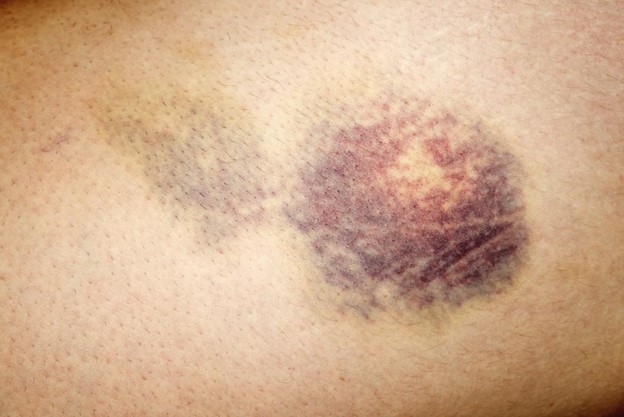A nurse is planning to teach a client about taking prednisone.
Which of the following instructions should the nurse include
Increase dietary calcium.
Monitor for weight loss.
Take on an empty stomach.
Schedule dosage at bedtime.
The Correct Answer is A
The correct answer is A. Increase dietary calcium. Prednisone is a corticosteroid medication that can cause bone loss (osteoporosis) by reducing the absorption of calcium and increasing the excretion of calcium in the urine. Therefore, patients taking prednisone should increase their intake of calcium-rich foods or supplements to prevent bone loss and fractures.
Choice B is wrong because prednisone can cause weight gain, not weight loss, by increasing appetite and fluid retention. Patients taking prednisone should monitor their weight and limit their salt and calorie intake.
Choice C is wrong because prednisone should not be taken on an empty stomach, as it can cause stomach irritation, ulcers, or bleeding. Patients taking prednisone should take it with food or milk to protect their stomach.
Choice D is wrong because prednisone should not be scheduled at bedtime, as it can cause insomnia or difficulty sleeping. Patients taking prednisone should take it in the morning or early afternoon to avoid disrupting their sleep cycle.
Nursing Test Bank
Naxlex Comprehensive Predictor Exams
Related Questions
Correct Answer is B
Explanation
Correct Answer is B
Explanation

A hematoma is a collection of blood outside a blood vessel that can cause swelling, pain, and bruising. It can indicate bleeding from the artery where the catheter was inserted, which can be a serious complication of cardiac catheterization.
The nurse should notify the provider immediately if a hematoma is observed.
Choice A is wrong because heart rate 90/min is within the normal range for adults and does not indicate a complication.
Choice C is wrong because bounding pulses in the affected extremity are expected after cardiac catheterization, as they indicate good blood flow to the area.
Choice D is wrong because report of discomfort at the insertion site is common and usually mild after cardiac catheterization.
The nurse can provide pain relief as needed, but does not need to notify the provider unless the pain is severe or persistent.
Normal ranges for heart rate are 60-100 beats per minute for adults. Normal ranges for blood pressure are 120/80 mmHg or lower for systolic pressure and 80 mmHg or lower for diastolic pressure. Normal ranges for oxygen saturation are 95-100% for adults.
Whether you are a student looking to ace your exams or a practicing nurse seeking to enhance your expertise , our nursing education contents will empower you with the confidence and competence to make a difference in the lives of patients and become a respected leader in the healthcare field.
Visit Naxlex, invest in your future and unlock endless possibilities with our unparalleled nursing education contents today
Report Wrong Answer on the Current Question
Do you disagree with the answer? If yes, what is your expected answer? Explain.
Kindly be descriptive with the issue you are facing.
